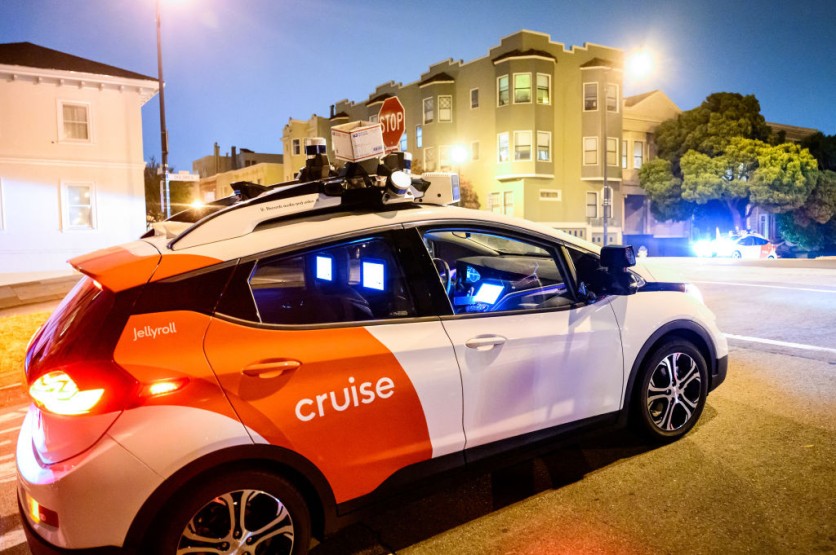Cruise faced a cascade of challenges, including the revocation of its driverless vehicle permit in California. This strategic decision is intricately tied to an extended safety investigation spearheaded by the independent engineering consulting firm Exponent.

Halting Robotaxi Operations
In the aftermath of the pedestrian collision on October 2nd, Cruise faced the revocation of its driverless vehicle permit in California. Adding to these measures, Interesting Engineering the company has chosen to voluntarily halt its supervised and manual robotaxi operations in the United States in the coming days.
This decision aligns with an extended safety investigation led by the independent engineering consulting firm Exponent, initially engaged for a technical root cause analysis of the aforementioned accident. The temporary suspension of manual operations will impact approximately 70 vehicles, which were recalled subsequent to the incident triggered by a separate hit-and-run.
Leadership Changes
In tandem with these operational adjustments, Craig Glidden, General Motors' Executive Vice President of Legal and Policy and a Cruise board member, is set to assume the role of Chief Administrative Officer within the subsidiary. In his expanded position, Glidden will oversee Cruise's legal, communications, and finance teams in addition to his current responsibilities at GM.
Furthermore, Cruise reported that the company remains committed to finding a permanent Chief Safety Officer and will enlist a third-party safety expert in the coming weeks to conduct a comprehensive assessment of Cruise's safety operations and organizational culture.
Retaining an independent expert for a thorough safety evaluation was announced last week by Cruise. The company is in the process of hiring a permanent Chief Safety Officer. Additionally, the Cruise Board has decided to engage a third-party safety expert in the upcoming weeks to conduct a comprehensive assessment of Cruise's safety operations and organizational culture.
The insights gleaned from these independent evaluations will play a crucial role in shaping and informing the ongoing initiatives.
The scope of Exponent's involvement is being expanded by Cruise.
Initially enlisted for a technical root cause analysis of the October 2 incident, the independent engineering consulting firm, Exponent, will now broaden its focus to encompass a comprehensive review of Cruise's safety systems and technology. This extension underscores Cruise's commitment to a thorough examination and enhancement of its safety protocols.
Cruise recently initiated a voluntary pause of all driverless operations on October 26, providing a dedicated period to scrutinize processes, systems, and tools for improvements. In a further step to rebuild public trust, the company is set to temporarily halt its supervised and manual autonomous vehicle (AV) operations in the U.S., impacting around 70 vehicles.
This measured pause aligns with the ongoing commitment to a complete safety review, with Cruise maintaining vehicle operations in closed-course training environments and sustaining an active simulation program to advance AV technology.
With a steadfast dedication to rebuilding trust and adhering to the highest safety standards, Cruise is committed to keeping customers, regulators, and the public well-informed throughout this comprehensive process.
Related Article : Two Self-Driving GM Cruise Crashes, US Auto Safety Agency Investigates

ⓒ 2025 TECHTIMES.com All rights reserved. Do not reproduce without permission.




